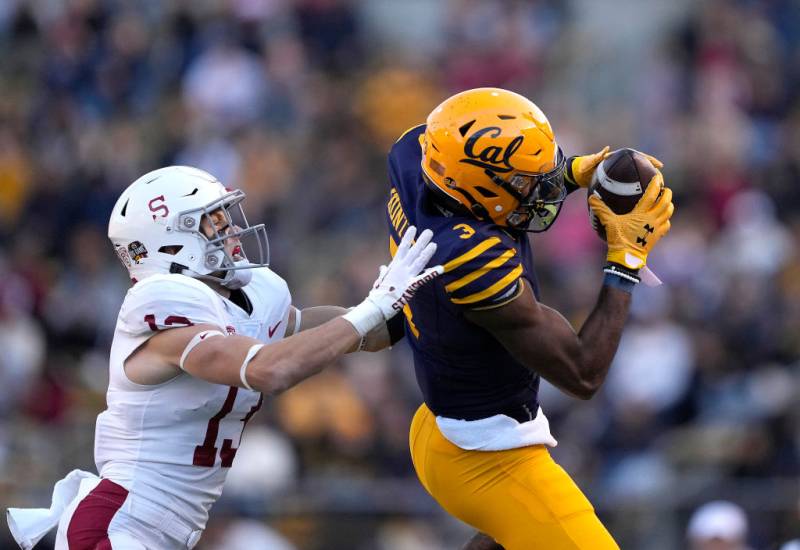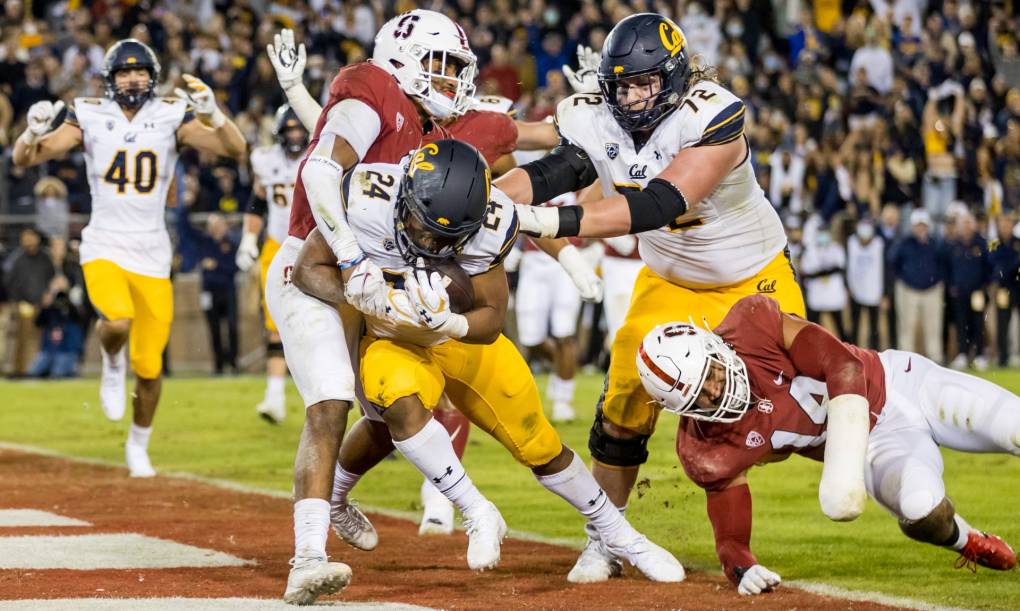Bay Area college sports fans and Cal supporters were disappointed by the news that Stanford University and the University of California, Berkeley will leave a disintegrating Pac-12 to join the Atlantic Coast Conference for the 2024–25 school year after the ACC voted on Friday to add the two schools, along with Southern Methodist University.
“Our conference really identified with the West Coast. … It’s sad to think that it’s not going to be there anymore, and all the local rivalries,” said Rich Kennedy, who told KQED he’s been a Cal fan all his life. “You can stand up and you can see the Pacific Ocean, and now we’re going to be in the Atlantic Coast Conference. Makes no sense.”
In statements Friday, both Stanford and UC Berkeley welcomed the move, which would bring to nine the number of ACC schools that are members of the Association of American Universities.
“We are very pleased with the outcome, which will support the best interests of our student-athletes and aligns with Berkeley’s values,” said UC Berkeley Chancellor Carol T. Christ, while Jerry Yang, chair of the Stanford University Board of Trustees, said “We appreciate the invitation of the ACC member schools, and we are excited to join them.”

